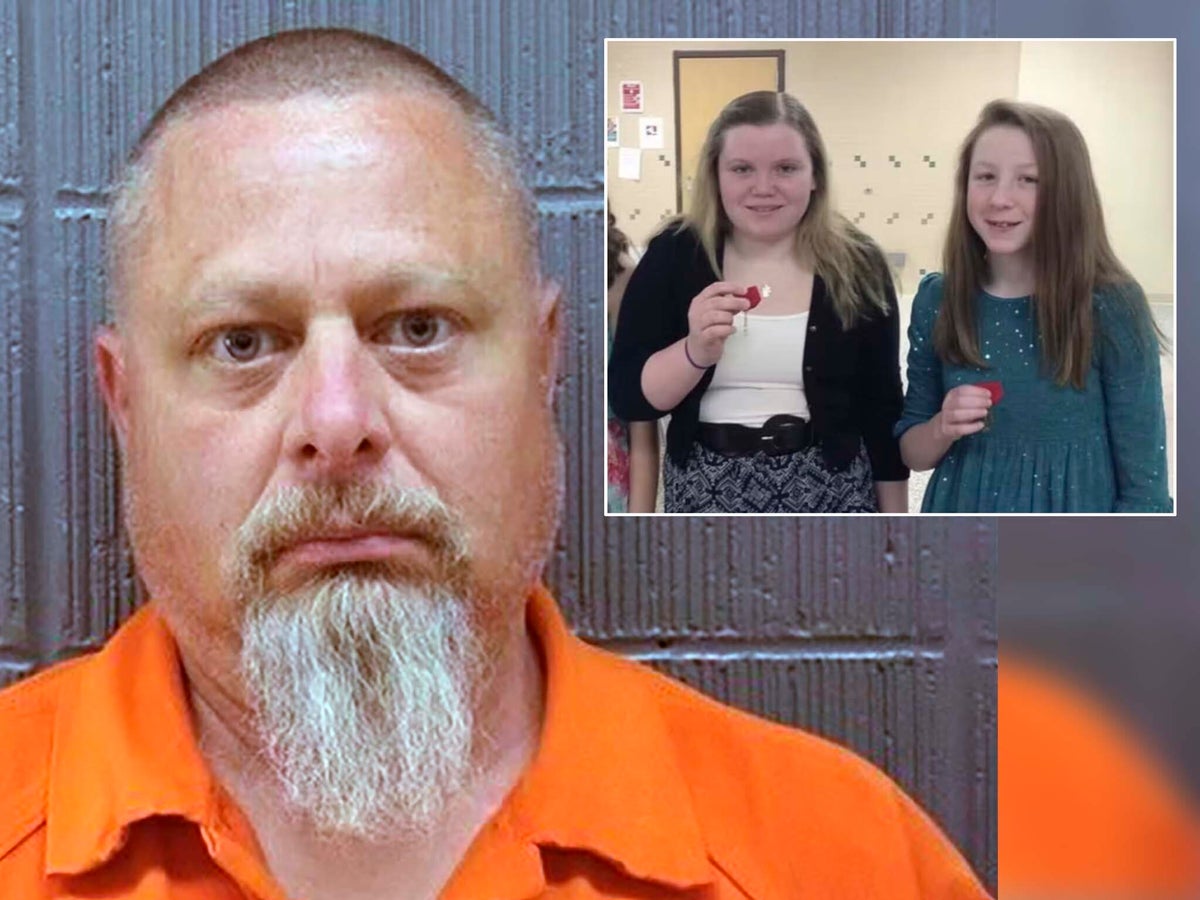
More than seven years after the bodies of best friends Abigail “Abby” Williams, 13, and Liberty “Libby” German, 14, were found near the historic Monon High Bridge in Delphi, Indiana – their tragic murders shattering the small, tight-knit community – a judge has sentenced their killer to 130 years in prison.
Special Judge Fran Gull handed Richard Allen, 52, the maximum sentence for the murders at a December 20 hearing, calling the case the “most heinous” she has encountered in her career. Allen was found guilty on all four counts in the 2017 murders of the teenage best friends. A jury delivered the unanimous verdict on November 11 after deliberating for about 18 hours.
Allen’s attorneys later filed a motion to throw out two of the charges, arguing he can’t “constitutionally be convicted twice for the same crime.” Gull vacated the two federal murder charges at the sentencing hearing, local outlet WISH-TV reported.
The sentencing hearing lasted just over an hour, according to reporters in the courtroom. The girls’ loved ones took the stand ahead of Gull’s decision. Allen’s sentence “will never be enough,” German’s grandmother Becky Patty told the court.
“What happens when Libby’s nieces and nephews, their grandchildren and great-grandchildren, want to learn about Libby and that’s what they were met with?” Patty said.
The so-called Delphi murders case has been shrouded in mystery and plagued by delays, shifting narratives, controversies, chaotic developments and evidence leaks ever since that fateful day in February 2017.
The first major break came in October 2022 when Allen, a Delphi local, was arrested and charged with the teenagers’ 2017 murders, a shocking turn more than five years on from the killings.
He had admitted to investigators that he was on the bridge trail on the day the girls disappeared, but pleaded not guilty to the charges.
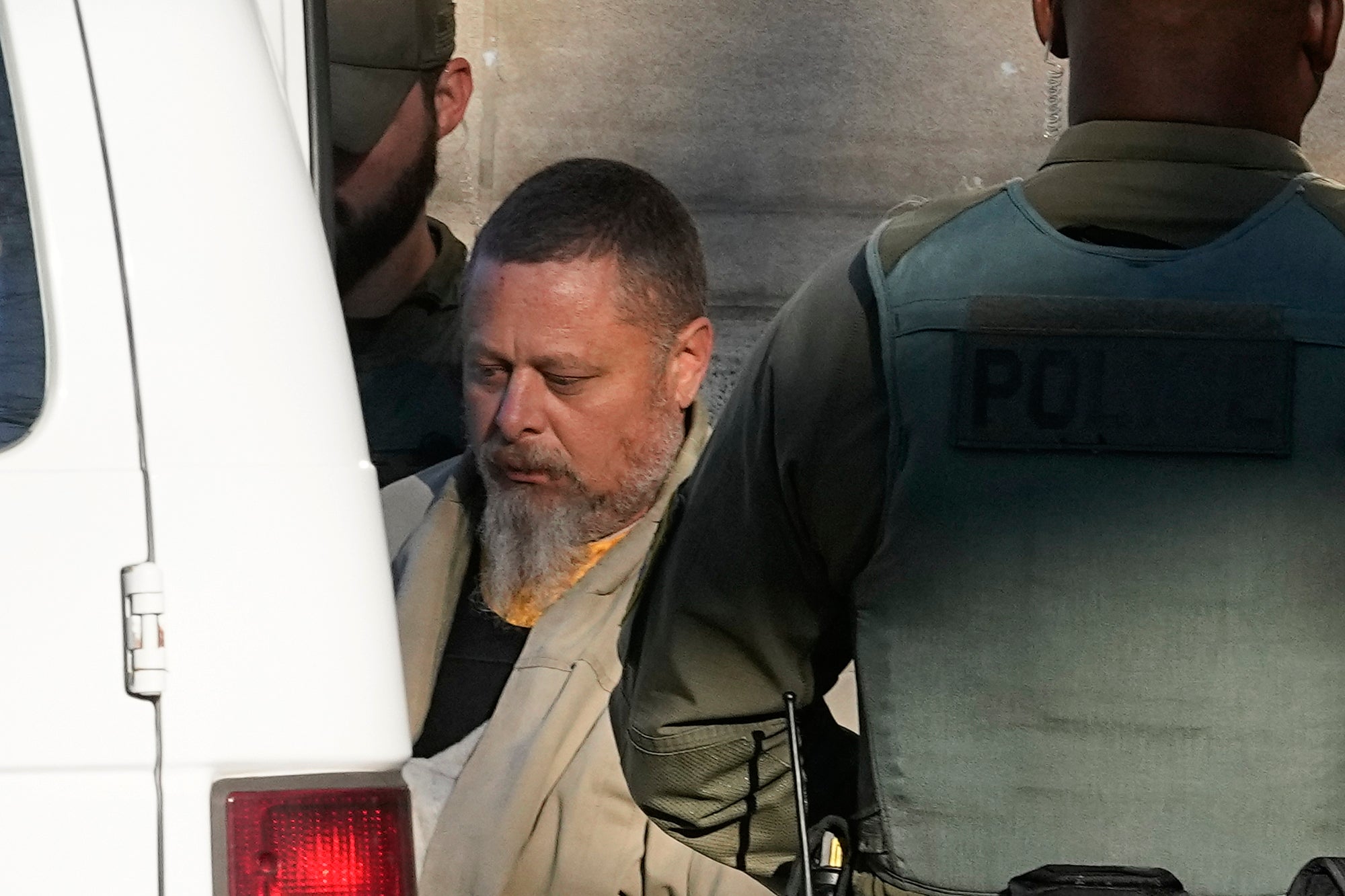
After 17 days of testimony, the verdict was handed down at the Carroll County Courthouse in Delphi, the town where the crimes took place.
Gull banned photography and video cameras from the courtroom, along with audio recording and other electronic devices, creating a frustrating situation for the community and the media.
Few details were released by prosecutors prior to the trial and the people closest to the case have been silenced by a gag order.
But both local and national reporters banned together to get the information out to the public.
Now that the trial is over, does the town put on the map by the horrific case finally have answers?
Here’s what we do know about the confounding case:
What happened to Libby German and Abby Williams?
Libby and Abby went missing on February 13, 2017, after they set off on a hike along the Monon High Bridge Trail in Delphi, Indiana, a small town of just 3,000 people.
During the walk, Libby posted photos on Snapchat of them along the trail – including one image believed to be the last ever photo taken of them.
Their bodies were discovered the next day in a wooded area around half a mile off the trail.
In a move that propelled the investigation forward, Libby also captured a grainy video on her phone of a man dressed in blue jeans, a blue jacket and a cap walking along the abandoned railroad bridge.

Investigators released a grainy image from the video and a chilling audio of the man telling the two girls: “Go down the hill.”
Investigators long suspected that the man caught on camera is the girls’ killer and have praised the girls for documenting the evidence.
How were the Delphi victims murdered?
For years, police refused to say how the girls died.
However, a trove of court documents released in June 2023 revealed new details about the murders for the first time.
Both Libby and Abby are believed to have been killed with a knife, suffering wounds caused “by a sharp object,” the filings state.
A gun is also believed to have been used in the crime, after an unspent bullet, meaning one that has not been fired, was found by the victims’ bodies.
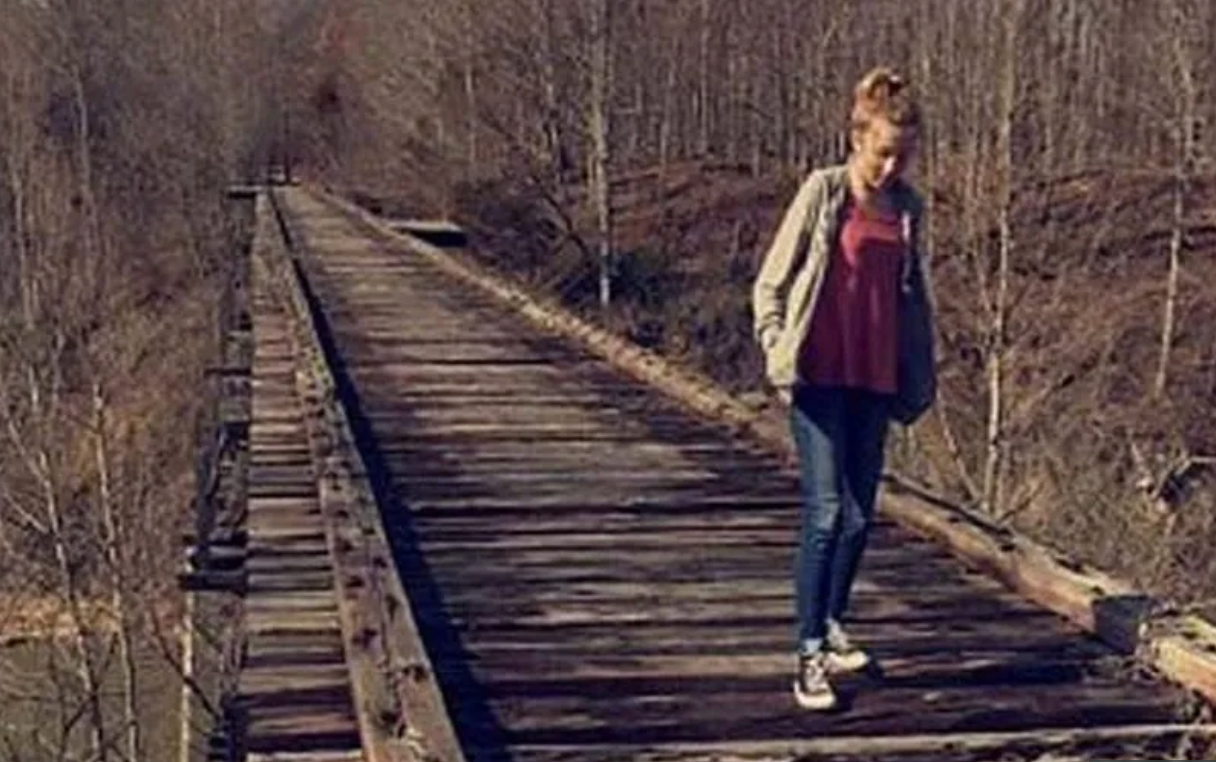
Libby’s iPhone, containing the infamous video of “Bridge Guy”, was found underneath her body at the scene.
“Articles of clothing from the girls were missing from the scene, including a pair of underwear and a sock,” documents state.
Court documents filed by Allen’s attorneys in September revealed more graphic details, including that the teenage best friends both had their necks slashed, as well as disturbing details of how their bodies were left.
The documents – in which Allen’s legal team claimed his innocence and that the victims were instead murdered by a white nationalist cult – state that Libby was found at the base of a tree with “four tree branches of varying sizes intentionally placed in a very specific and arranged pattern on her naked body” and blood spots all over her body.
Abby meanwhile was fully clothed, including in Libby’s sweatshirt and jeans, the documents state.
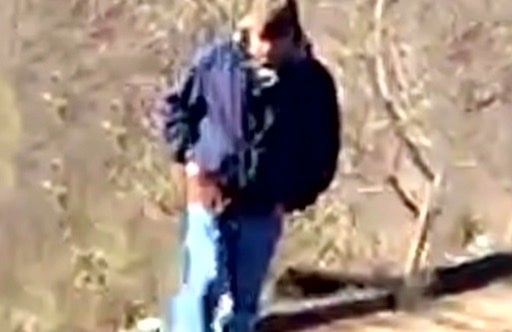
There was no blood on her clothing, indicating that she was likely murdered while naked and then dressed after she was killed. Tree branches and sticks had also been arranged on her body, the documents state.
Both victims appeared to have been moved and staged after they were killed.
Who is Richard Allen?
Before his sudden arrest in 2022, Allen’s name was never publicly linked to the case.
At the time of the murders, he would have been 44 years old.
He has no prior criminal record, though jail records list him as also going by the alias of Craigh Ross Rentfrow.
The now 52-year-old’s Delphi home, where he lived with his wife Kathy, with whom he shares an adult daughter, is less than a five-minute drive away from where the bodies of Libby and Abby were found.
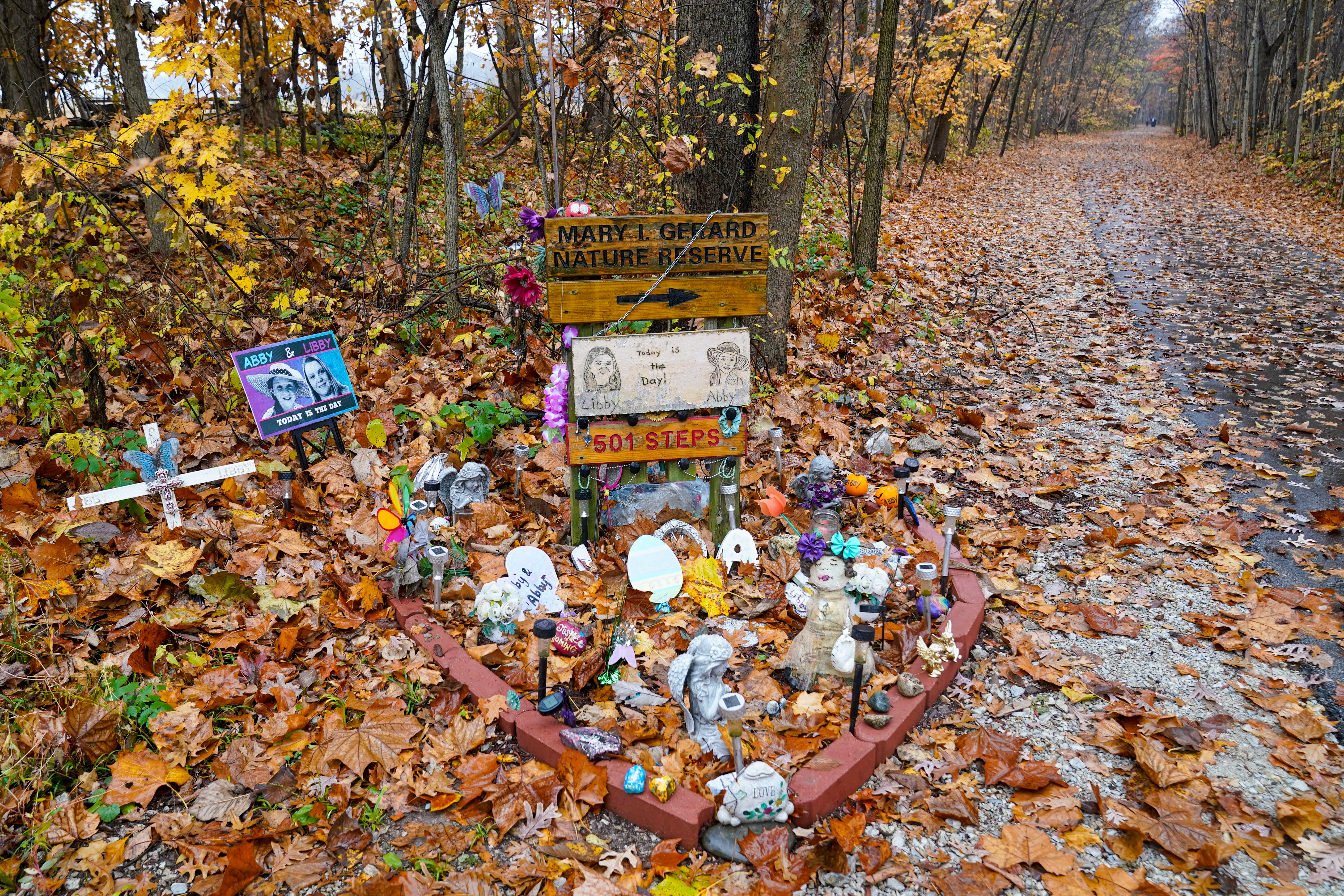
According to online records, Allen has lived there since at least 2006, and in Indiana his whole adult life.
Allen is a trained pharmacy technician, receiving his most recent pharmaceutical license in February 2018 – one year on from the murders. At the time of his arrest he was working at the local CVS store.
Following his arrest, Libby’s grandparents Mike and Becky Patty said that they recalled Allen processing photos for them at the store following their granddaughter’s murder.
In a chilling photo, posted by Allen’s wife Kathy on Facebook in December 2021, Allen is seen smiling alongside his wife in a local bar in Delphi. On the wall behind him is the 2019 police sketch of the murder suspect. Allen bears some likeness to the drawing.
The selfie was posted on social media the same month investigators issued a fresh appeal urging members of the public to come forward with information about an online catfishing account thought to be tied to the murders.
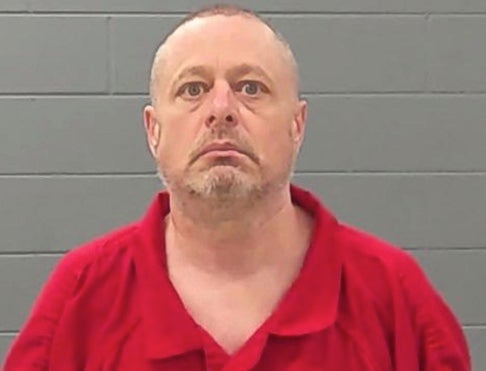
What evidence ties Richard Allen to the murders?
In an affidavit released in November 2022, prosecutors revealed that they had connected Allen to the murders through a bullet found at the crime scene.
The document states that ballistics confirmed that an unspent .40 caliber round found close to the bodies of the teenage victims had come from a Sig Sauer Model P226, belonging to Allen.
That gun, which he owned since 2001, was found during a search of Allen’s home.
Both Allen and his wife allegedly confirmed that he was the only person with access to the firearm.
The affidavit also revealed that Allen spoke with investigators at least twice, including in 2017 – confirming that he was on the radar of police at the time of the murders.
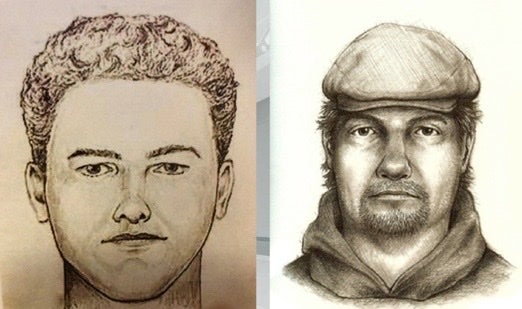
In the 2017 interview, Allen had confessed to being on the Monon High Bridge Trail on the afternoon of February 13 2017 – placing him on the scene at the same day and time that the victims went on their fateful walk. He denied any involvement in the murders and insisted he had never seen the two girls.
In another interview on October 13 2022, Allen had “no explanation” as to how the spent bullet from his gun ended up in between the bodies of the two teenage victims, the affidavit states.
The accused killer said he had “not been on the property where the unspent round was found, that he did not know the property owner, and that he had no explanation as to why a round cycled through his firearm would be at that location,” it says.
Investigators believe Allen to be the “Bridge Guy”.
Jury hears Richard Allen’s alleged confessions
Indiana State Police Detective Brian Harshman testified during a three-day hearing this year that Allen has confessed to the murders more than 60 times since his arrest, mostly in jailhouse phone calls to his wife or his mother while he has been behind bars at the Westville Correctional Facility.
Allen first began to confess in late March 2023 when he had an apparent “come to Jesus” moment, said the officer – who had reviewed around 150 hours of calls.
In the confessions, Harshman said Allen spoke “very specifically” about some of the details of the crime including his alleged motivations.
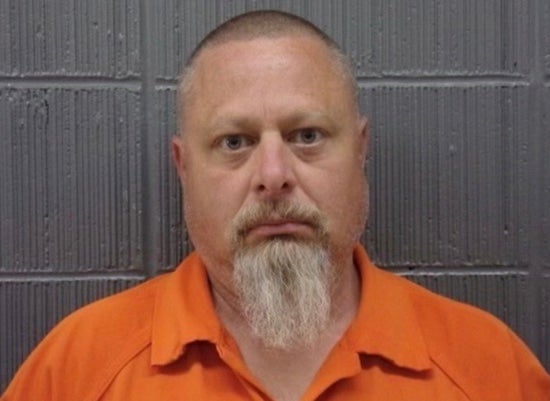
Indiana State Police Lt. Jerry Holeman also gave damning testimony, telling the court a fellow inmate had come forward to claim that Allen had not only confessed but also revealed the murder weapon.
Allen allegedly claimed he killed Libby and Abby with a boxcutter and disposed of it by throwing it in a dumpster outside the CVS where he worked.
Allen’s defense has long argued that his confessions were the result of his poor mental health after being treated like a “prisoner of war” in state prison while awaiting trial.
But Judge Gull allowed the jury to hear all of Allen’s confessions that police say he has made since his arrest in 2022.
What the jury did NOT hear at the trial
The bizarre manner in which the girls’ bodies were found has sparked multiple theories, including one pushed by Allen’s defense attorneys that the girls were ritually sacrificed by neo-Nazis who were followers of Odinism.
Odinism is a pagan Norse religion with origins in ancient Viking and Nordic beliefs and pre-Christian European culture.
Sometimes referred to as Wotanism, it is seen as a “racist variant” of the pagan religious sect Asatru, according to the Anti-Defamation League. While Asatru itself is not racist, over the years Odinism has become increasingly tied to white supremacist and neo-Nazi beliefs in the US.
Many followers – known as Odinites – are now said to exist among the white supremacist prison population.
“Members of a pagan Norse religion, called Odinism, hijacked by white nationalists, ritualistically sacrificed Abigail Williams and Liberty German,” his attorneys wrote in court documents viewed by The Independent.
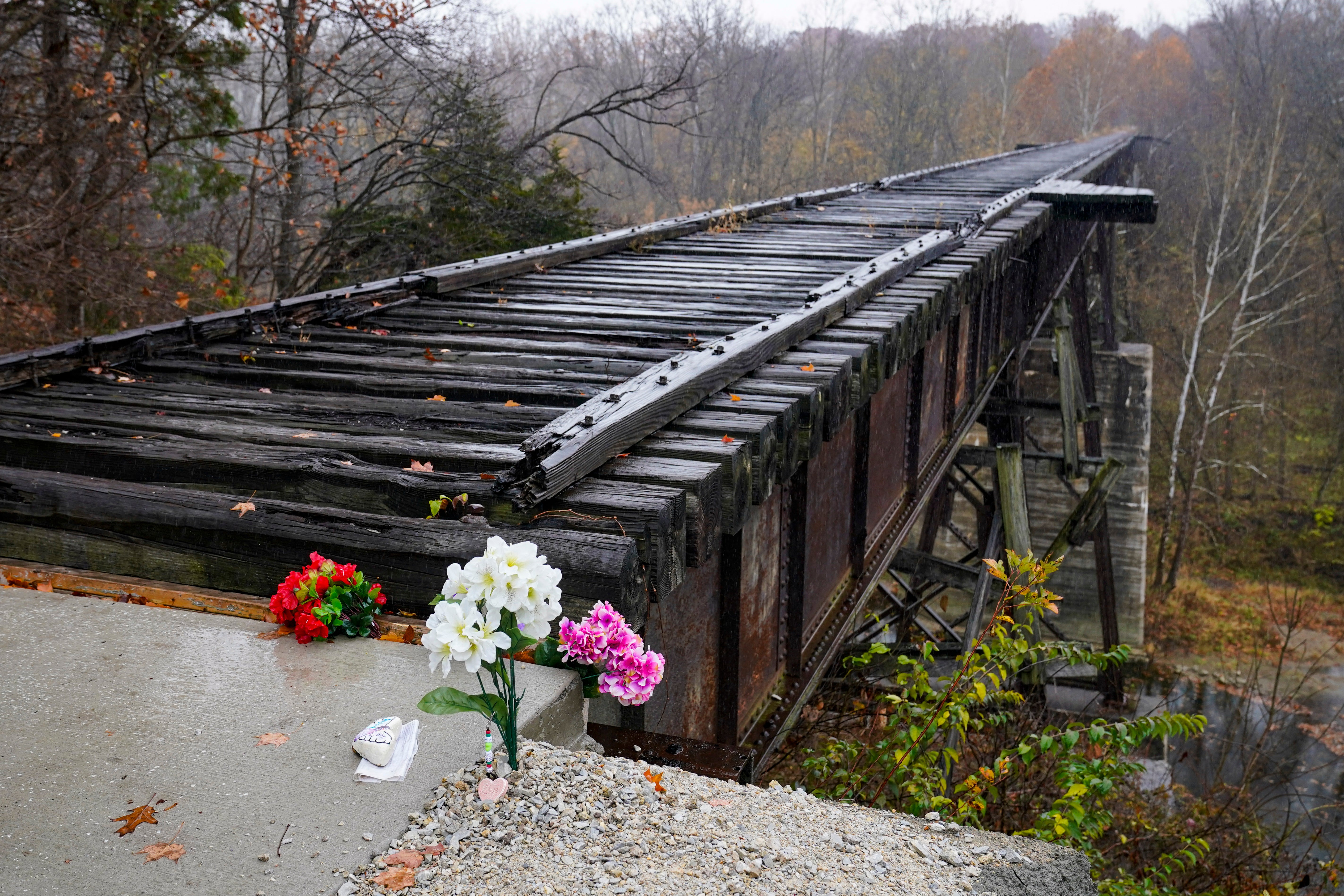
They said that “possible Odinism signatures” were left behind by the killers at the crime scene, with the victims’ bodies staged by trees with branches and sticks laid across their bodies in the shape of pagan symbols.
While Allen has no known connection to any pagan cult, his attorneys also took the extraordinary step of naming four individuals they say are involved in Odinism as potential suspects in the Delphi murders while insisting that Allen had nothing to do with the killings.
But the judge banned the defense attorneys from bringing up the Odinism cult theory or the names of nearly a dozen other suspects in court during Allen’s trial.
Judge Gull issued the ruling, stating that “the burden is on the defense to show a nexus” between the other suspects, Odinism, and the murders. She found that the defense had “failed to produce admissible evidence demonstrating a nexus.”
Allen’s attorneys quit the case
Allen’s trial began on October 14, after a slew of delays after Allen’s attorneys dramatically quit the case in October 2023 amid a scandal over the leak of graphic crime scene photos.
The images began circulating online earlier in the month and, in a bombshell twist, it emerged that the leak originated from a man who was a close friend of one of Allen’s attorneys.
He’d previously worked as an employee at his law firm, but he had never worked on the Delphi case and left the firm years before. The individual died by suicide after a police investigation into the leak was launched.
During a closed-door hearing in October 2023, Judge Gull told defense attorneys Andrew Baldwin and Bradley Rozzi she planned to remove them from the case. Gull claimed the leak of the photos was one of many ways Baldwin and Rozzi acted with gross negligence in their defense of Allen.
The attorneys later claimed that Gull “coerced” them into quitting in what they described as a “pre-meditated ambush.” They requested she recuse herself from the case.
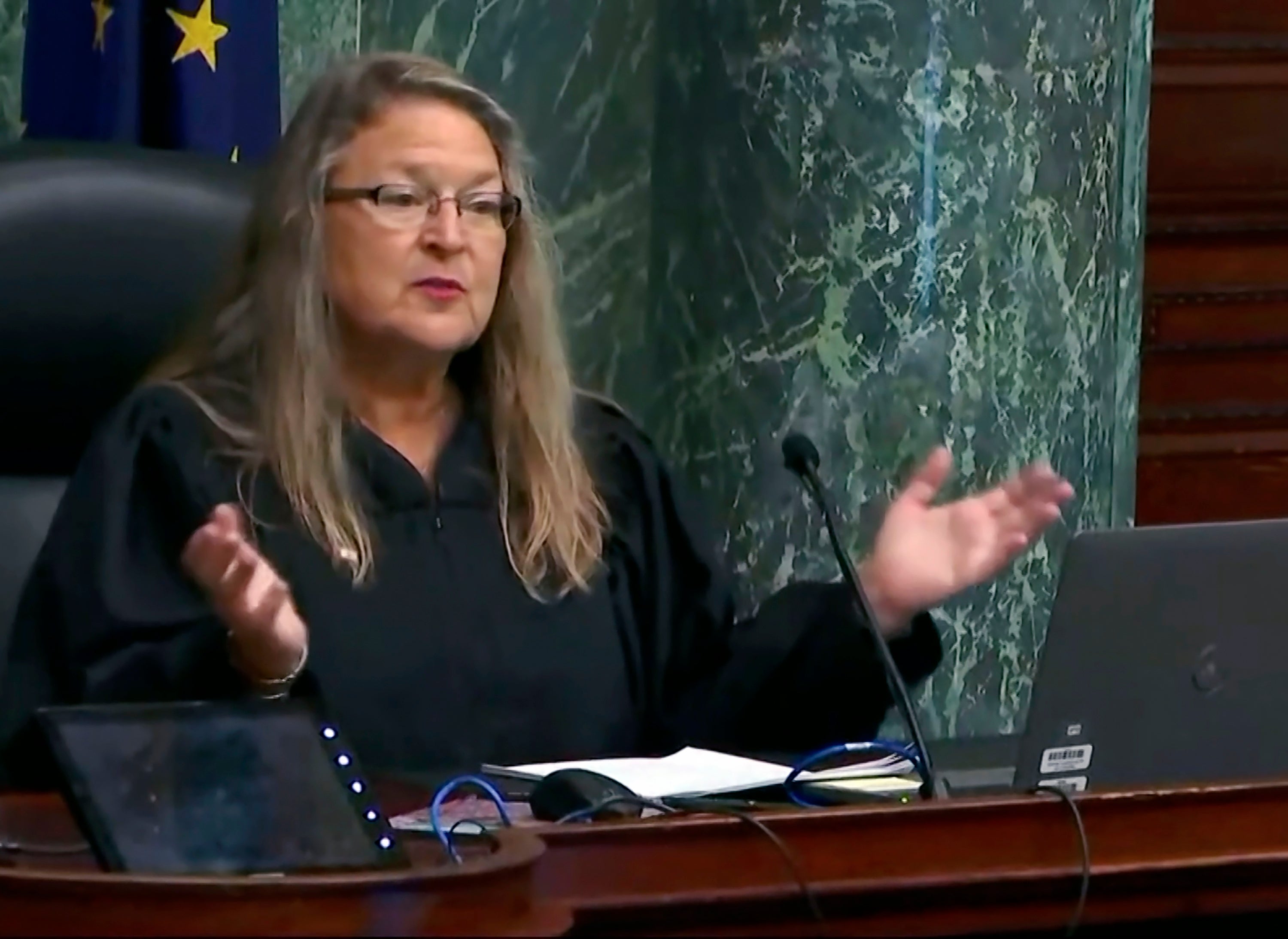
Public defenders William Lebrato and Robert Scremin were then appointed by the court and were on the case for a short time before they filed the motion to remove themselves from the proceedings at the beginning of the year.
Around the same time, the Indiana Supreme Court issued a ruling that Allen’s original attorneys would be reinstated.
The state’s highest court however denied the motions regarding Gull’s removal.







